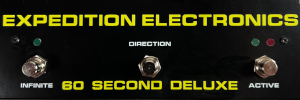Wednesday, April 22, 2015
Cwejman INS-2MX operation and patch examples
Published on Apr 22, 2015 bigcitymusic
http://bigcitymusic.com/
"Patch notes and instructions for the Cwejman INS-2MX Dual Insert VCA.
00:00:
To operate the INS-2MX as a standard VCA:
Patch a signal into the VCA I/P input.
The MIX LEVEL potentiometer controls the level of this signal at the MIX output.
Patch a control voltage (gate, envelope, LFO) or audio signal into the VCA1 LEVEL CV input to automate the level of the signal inserted to VCA I/P.
00:39
To operate the INS 2-MX as an insert VCA:
1. Patch a signal into the VCA I/P input of the INS-2MX.
2. Patch that signal from the SEND output of the INS-2MX into another module.
3. Patch the output of the module from the step 2 into the RETURN input of the INS-2MX.
4. The 'dry' and 'wet' signal are accessible from the MIX output of
the INS 2-MX.
5. The MIX potentiometer controls the blend of the VCA and inserted signal. When the MIX potentiometer is set to VCA the signal output at MIX is the signal present at the VCA I/P. When the MIX potentiometer is set to INSERT the signal output of MIX is the signal present at the RETURN input of the INS-2MX. When the MIX potentiometer is set in the middle, a mix of the VCA I/P and RETURN inputs is present at the MIX output.
6. Patch a control voltage or audio signal into the Mix LEVEL CV
input to automate the blend of VCA or INSERT signal.
The first section of this video (00:00) demonstrates how to use the
INS-2MX as a standard VCA. An oscillator is routed into the VCA I/P input and an envelope is routed into the VCA CV input.
The section section of this video (00:39) takes the output from the
first example, routes it into the second VCA I/P and then sends the signal into a reverb module. The reverb module output is returned into the INS-2MX for mixing."
1972 Moog Minimoog Model D + Kenton ProSolo MkII + Ableton Live Arpeggiator
Note: Auction links are affiliate links for which the site may be compensated.
Published on Mar 30, 2015 turunturun
"Here we have a 1972 Minimoog Model D being sequenced by Ableton Live 9's arpeggiator on a Macbook Air. I am running MIDI out of the Air through a M-Audio Midisport Uno into a Kenton ProSolo MkII which is handling MIDI-to-CV conversion to control the Model D."
SN 4704 via this auction
 "Up for sale is a 1973 (or possibly 1974) Minimoog Model D serial #4704 , with Kenton ProSolo MkII and cables.
"Up for sale is a 1973 (or possibly 1974) Minimoog Model D serial #4704 , with Kenton ProSolo MkII and cables.
 Here you can see and hear this actual Model D in action, being controlled by the Kenton, which is getting MIDI from a Macbook Air (not included in auction):
Here you can see and hear this actual Model D in action, being controlled by the Kenton, which is getting MIDI from a Macbook Air (not included in auction):
 What can be said that hasn't already been said about this beauty of a musical instrument? I am literally cringing at the fact that I am considering selling this. I am uncertain the exact year, but it was almost certainly manufactured in 1973 or 1974. (At the start of 1972 the serials were 1000, at the start of 1975 they were on 6500 so 4704 is probably 73 or 74 I'm guessing.)
What can be said that hasn't already been said about this beauty of a musical instrument? I am literally cringing at the fact that I am considering selling this. I am uncertain the exact year, but it was almost certainly manufactured in 1973 or 1974. (At the start of 1972 the serials were 1000, at the start of 1975 they were on 6500 so 4704 is probably 73 or 74 I'm guessing.)
It is in fantastic condition, with the usual nicks, dings and scratches of a 40 year old instrument that has been through the war, and lived to tell the stories.
It is functioning perfectly to the best of my knowledge. I purchased it 6 years ago from a gentleman who owned it for a couple decades and it has lived the entire time since then in my non-smoking, non-food/drink, non-pet high-rise condo project studio.
All knobs, switches, jacks, and wheels function as expected with no audible or tactile scratches, rubbing, or other weirdness. I have seen others describe theirs as "could probably use new key bushings". I presume that means that keys "clack" if you bottom them out when hitting them hard. Mine doesn't do that. Each key feels easy to press but cushioned when bottomed out. I tuned it to reference pitch across its range per the instructions in the manual about 3 years ago and it was still spot on when I checked it a few days ago.
The caveats:
1) The original two prong power cord was replaced with a three prong grounded cord at some point. I build guitar amps, and while inspecting the guts of this I checked out the conversion job and it looks professionally and correctly done.
2) While inspecting the guts, I noticed that someone manually soldered individual jumper wires from each of the modular circuit board connections to the correct and corresponding socket plug terminal. I presume this was originally done because the physical design of the electronics was done in such a way as to allow the boards to shift slightly if the case is stressed and this could cause electrical continuity to be broken between the cards and the sockets. This was presumably done to increase the reliability of the synth, and seeing as how it involved soldering about 150 1/2" long wires from 150 card contacts to 150 socket contacts, someone spent a significant amount of patience to complete this. Seeing as how the work looks extremely tidy and well-executed, I have to believe a professional completed the work. It should be noted that I believe this means that the electronics cannot be fully removed from the wood case anymore because the soldered jumpers connect hardwired keyboard components to the circuit boards. I didn't exhaustively investigate it, but I concluded this is likely the case. In 6 years of owning it however, I have never needed or desired to remove it from the case. Just wanted to alert any potential buyers to this however.
And now for the MIDI: After I bought this synth, I realized that I had to have a MIDI interface for it because I am not a good enough keyboard player to make anything interesting happen. So my research suggested the Kenton ProSolo MkII was the way to go. It works like a charm and has been configured to control the S-Trig (note-on/note-off), Oscillator (pitch), and Filter (frequency). The sale will include the appropriate cables to connect the 1/8" outs on the Kenton for both the special S-Trig plug, and the standard 1/4" Oscillator input. If you want to control the filter then you just need any old 1/8" to 1/4" TS-plug cable."
Published on Mar 30, 2015 turunturun
"Here we have a 1972 Minimoog Model D being sequenced by Ableton Live 9's arpeggiator on a Macbook Air. I am running MIDI out of the Air through a M-Audio Midisport Uno into a Kenton ProSolo MkII which is handling MIDI-to-CV conversion to control the Model D."
SN 4704 via this auction
 "Up for sale is a 1973 (or possibly 1974) Minimoog Model D serial #4704 , with Kenton ProSolo MkII and cables.
"Up for sale is a 1973 (or possibly 1974) Minimoog Model D serial #4704 , with Kenton ProSolo MkII and cables.  Here you can see and hear this actual Model D in action, being controlled by the Kenton, which is getting MIDI from a Macbook Air (not included in auction):
Here you can see and hear this actual Model D in action, being controlled by the Kenton, which is getting MIDI from a Macbook Air (not included in auction): What can be said that hasn't already been said about this beauty of a musical instrument? I am literally cringing at the fact that I am considering selling this. I am uncertain the exact year, but it was almost certainly manufactured in 1973 or 1974. (At the start of 1972 the serials were 1000, at the start of 1975 they were on 6500 so 4704 is probably 73 or 74 I'm guessing.)
What can be said that hasn't already been said about this beauty of a musical instrument? I am literally cringing at the fact that I am considering selling this. I am uncertain the exact year, but it was almost certainly manufactured in 1973 or 1974. (At the start of 1972 the serials were 1000, at the start of 1975 they were on 6500 so 4704 is probably 73 or 74 I'm guessing.)It is in fantastic condition, with the usual nicks, dings and scratches of a 40 year old instrument that has been through the war, and lived to tell the stories.
It is functioning perfectly to the best of my knowledge. I purchased it 6 years ago from a gentleman who owned it for a couple decades and it has lived the entire time since then in my non-smoking, non-food/drink, non-pet high-rise condo project studio.
All knobs, switches, jacks, and wheels function as expected with no audible or tactile scratches, rubbing, or other weirdness. I have seen others describe theirs as "could probably use new key bushings". I presume that means that keys "clack" if you bottom them out when hitting them hard. Mine doesn't do that. Each key feels easy to press but cushioned when bottomed out. I tuned it to reference pitch across its range per the instructions in the manual about 3 years ago and it was still spot on when I checked it a few days ago.
The caveats:
1) The original two prong power cord was replaced with a three prong grounded cord at some point. I build guitar amps, and while inspecting the guts of this I checked out the conversion job and it looks professionally and correctly done.
2) While inspecting the guts, I noticed that someone manually soldered individual jumper wires from each of the modular circuit board connections to the correct and corresponding socket plug terminal. I presume this was originally done because the physical design of the electronics was done in such a way as to allow the boards to shift slightly if the case is stressed and this could cause electrical continuity to be broken between the cards and the sockets. This was presumably done to increase the reliability of the synth, and seeing as how it involved soldering about 150 1/2" long wires from 150 card contacts to 150 socket contacts, someone spent a significant amount of patience to complete this. Seeing as how the work looks extremely tidy and well-executed, I have to believe a professional completed the work. It should be noted that I believe this means that the electronics cannot be fully removed from the wood case anymore because the soldered jumpers connect hardwired keyboard components to the circuit boards. I didn't exhaustively investigate it, but I concluded this is likely the case. In 6 years of owning it however, I have never needed or desired to remove it from the case. Just wanted to alert any potential buyers to this however.
And now for the MIDI: After I bought this synth, I realized that I had to have a MIDI interface for it because I am not a good enough keyboard player to make anything interesting happen. So my research suggested the Kenton ProSolo MkII was the way to go. It works like a charm and has been configured to control the S-Trig (note-on/note-off), Oscillator (pitch), and Filter (frequency). The sale will include the appropriate cables to connect the 1/8" outs on the Kenton for both the special S-Trig plug, and the standard 1/4" Oscillator input. If you want to control the filter then you just need any old 1/8" to 1/4" TS-plug cable."
PPG Wave 2.3 Vintage Wavetable Synthesizer Serviced with New Display
Ensoniq Fizmo Transwave Synthesizer with Regulator Fix
Note: Auction links are affiliate links for which the site may be compensated.
via this auction
The seller has a second one listed here.
via this auction
The seller has a second one listed here.
Korg Prophecy SPP-1 Mono Lead Synth with Original Gig Bag
coco regit3
Published on Apr 22, 2015 koze pz
"Recapturing audio from the previous video. The idea was to chop it up via modulation but I liked this vibe. Better not watch this but give it a listen. Thanks!"
Tiptop Bat filter and Dragonfly Delay ambiant patch
Published on Apr 22, 2015 Tiptop .Audio
"Circadian Rhythms plays all the sounds, Z3000 and Cwajmen MMF doing high pitch note, Tiptop drums mixed through Z-DSP running Bat Filter and another Z-DSP running Stereo delay."
LittleBits Explorations by Experimentalsynth.com
LittleBits + Koushion + Ableton
Published on Apr 22, 2015 experimentalsynth
Three videos by www.experimentalsynth.com
"Connecting LittleBits to the larger world of audio gear generated some surprisingly musical results. With an external sequencer like Koushion driving it, you have both hands free for knobs and switches. With some creative patching and a little extra gear, it was easy to make a highly synchronized music production environment.
Ableton provided the master MIDI clock for the Koushion step sequencer app (connected to the iMac by an iConnectMIDI2+). This gave a quick interactive composition user interface, and the trigger from the LittleBits MIDI Module was used to clock the Micro Sequencer Module controlling the Filter Module’s cutoff frequency.
The LittleBits system is the only audio source in this video. Its audio output was run into Ableton for effects processing. Since Ableton’s tempo-based effects were synced to the same clock as Koushion and the LittleBits Micro Sequencer, complex, yet cohesive sounds are easy to create, and sound great.
Learn more at www.experimentalsynth.com"
LittleBits + DSI Pro 2 :: CV Applications
Published on Apr 22, 2015
"The LittleBits CV Module’s Control Voltage input and output allows LittleBits systems to modulate and be modulated by a world of electronic music equipment. Everything from large modular synthesizers to new small analog synths, even some effects pedals are fair game.
In these examples a Dave Smith Instruments Pro 2 is used. The Pro 2 is a Control Voltage powerhouse, with four assignable CV ins and outs (8 total) making it the perfect test rig to push the LittleBits farther into modular synth territory."
LittleBits + Moog Voyager + CP-251 :: CV Applications
Published on Apr 22, 2015
"Combine a LittleBits Micro Sequencer, CV and Power module and you have a fun, low cost CV Step Sequencer. It can be used with LittleBits equipment, or can enhance other CV synth systems. Here are a few examples of the possibilities when used with a Moog voyager and CP-251 Control Voltage Processor."
Published on Apr 22, 2015 experimentalsynth
Three videos by www.experimentalsynth.com
"Connecting LittleBits to the larger world of audio gear generated some surprisingly musical results. With an external sequencer like Koushion driving it, you have both hands free for knobs and switches. With some creative patching and a little extra gear, it was easy to make a highly synchronized music production environment.
Ableton provided the master MIDI clock for the Koushion step sequencer app (connected to the iMac by an iConnectMIDI2+). This gave a quick interactive composition user interface, and the trigger from the LittleBits MIDI Module was used to clock the Micro Sequencer Module controlling the Filter Module’s cutoff frequency.
The LittleBits system is the only audio source in this video. Its audio output was run into Ableton for effects processing. Since Ableton’s tempo-based effects were synced to the same clock as Koushion and the LittleBits Micro Sequencer, complex, yet cohesive sounds are easy to create, and sound great.
Learn more at www.experimentalsynth.com"
LittleBits + DSI Pro 2 :: CV Applications
Published on Apr 22, 2015
"The LittleBits CV Module’s Control Voltage input and output allows LittleBits systems to modulate and be modulated by a world of electronic music equipment. Everything from large modular synthesizers to new small analog synths, even some effects pedals are fair game.
In these examples a Dave Smith Instruments Pro 2 is used. The Pro 2 is a Control Voltage powerhouse, with four assignable CV ins and outs (8 total) making it the perfect test rig to push the LittleBits farther into modular synth territory."
LittleBits + Moog Voyager + CP-251 :: CV Applications
Published on Apr 22, 2015
"Combine a LittleBits Micro Sequencer, CV and Power module and you have a fun, low cost CV Step Sequencer. It can be used with LittleBits equipment, or can enhance other CV synth systems. Here are a few examples of the possibilities when used with a Moog voyager and CP-251 Control Voltage Processor."
Macumbista Benjolin Circuit-Bent Noise Synthesizer Rob Hordijk Design
Note: Auction links are affiliate links for which the site may be compensated.
via this auction
 "The Benjolin is a standalone synthesizer designed by Rob Hordijk from the Netherlands. It contains two oscillators (one LFO and one VCO), a voltage controlled filter and a circuit called a “Rungler”, which allows chaotic cross-modulation possibilities between the different parts of the circuit. Hordijk refers to the Benjolin as a circuit which has been “bent by design.”
"The Benjolin is a standalone synthesizer designed by Rob Hordijk from the Netherlands. It contains two oscillators (one LFO and one VCO), a voltage controlled filter and a circuit called a “Rungler”, which allows chaotic cross-modulation possibilities between the different parts of the circuit. Hordijk refers to the Benjolin as a circuit which has been “bent by design.”
 These hand-made Macumbista Benjolins have been further customized with a patchbay, which can be used to interface with other modular synthesizers or to setup further control voltage feedback systems within the Benjolin itself, attenuators on the three control voltage input and LEDs displaying the internal state of the Rungler. This particular Benjolin has BLUE CV/audio output banana jacks and YELLOW CV input banana jacks. The BLACK banana jack is wired through the volume knob to a 6.33mm (1/4") Neutrik output jack on the back.
These hand-made Macumbista Benjolins have been further customized with a patchbay, which can be used to interface with other modular synthesizers or to setup further control voltage feedback systems within the Benjolin itself, attenuators on the three control voltage input and LEDs displaying the internal state of the Rungler. This particular Benjolin has BLUE CV/audio output banana jacks and YELLOW CV input banana jacks. The BLACK banana jack is wired through the volume knob to a 6.33mm (1/4") Neutrik output jack on the back.
You can watch a short demo of two of these Benjolins in action here: http://vimeo.com/70111383 [posted here]
The patchbay of these Benjolins has banana jack connections for the square and triangle waveforms of each of the two oscillators, the Pulse Width Modulation output of the two oscillators, the Rungler output, the XOR (exclusive/or) logic operation of the two oscillators and the output of the filter.
There are also banana jack control voltage inputs with attenuators for the frequency of each of the two oscillators and the filter cutoff frequency. The layout of the panel is designed to be both intuitive and playable (unlike many EuroRack modules, for example…). And finally, the three output bits of the Rungler have been visualized with red, green and blue LEDs.
All Benjolins use a Neutrik 6.3mm (1/4″) output jack, an additional GROUND banana jack to interface with other modular systems and a 12 VAC “wall wart” power supply (mainland European and North American versions available).
I have been personally producing these hand-crafted Benjolins for the last two years under licensed agreement with Rob Hordijk. You can see more about them on my website.
You can find more detailed information about the Benjolin, and about the Rungler function in particular, here."
via this auction
 "The Benjolin is a standalone synthesizer designed by Rob Hordijk from the Netherlands. It contains two oscillators (one LFO and one VCO), a voltage controlled filter and a circuit called a “Rungler”, which allows chaotic cross-modulation possibilities between the different parts of the circuit. Hordijk refers to the Benjolin as a circuit which has been “bent by design.”
"The Benjolin is a standalone synthesizer designed by Rob Hordijk from the Netherlands. It contains two oscillators (one LFO and one VCO), a voltage controlled filter and a circuit called a “Rungler”, which allows chaotic cross-modulation possibilities between the different parts of the circuit. Hordijk refers to the Benjolin as a circuit which has been “bent by design.” These hand-made Macumbista Benjolins have been further customized with a patchbay, which can be used to interface with other modular synthesizers or to setup further control voltage feedback systems within the Benjolin itself, attenuators on the three control voltage input and LEDs displaying the internal state of the Rungler. This particular Benjolin has BLUE CV/audio output banana jacks and YELLOW CV input banana jacks. The BLACK banana jack is wired through the volume knob to a 6.33mm (1/4") Neutrik output jack on the back.
These hand-made Macumbista Benjolins have been further customized with a patchbay, which can be used to interface with other modular synthesizers or to setup further control voltage feedback systems within the Benjolin itself, attenuators on the three control voltage input and LEDs displaying the internal state of the Rungler. This particular Benjolin has BLUE CV/audio output banana jacks and YELLOW CV input banana jacks. The BLACK banana jack is wired through the volume knob to a 6.33mm (1/4") Neutrik output jack on the back.You can watch a short demo of two of these Benjolins in action here: http://vimeo.com/70111383 [posted here]
The patchbay of these Benjolins has banana jack connections for the square and triangle waveforms of each of the two oscillators, the Pulse Width Modulation output of the two oscillators, the Rungler output, the XOR (exclusive/or) logic operation of the two oscillators and the output of the filter.
There are also banana jack control voltage inputs with attenuators for the frequency of each of the two oscillators and the filter cutoff frequency. The layout of the panel is designed to be both intuitive and playable (unlike many EuroRack modules, for example…). And finally, the three output bits of the Rungler have been visualized with red, green and blue LEDs.
All Benjolins use a Neutrik 6.3mm (1/4″) output jack, an additional GROUND banana jack to interface with other modular systems and a 12 VAC “wall wart” power supply (mainland European and North American versions available).
I have been personally producing these hand-crafted Benjolins for the last two years under licensed agreement with Rob Hordijk. You can see more about them on my website.
You can find more detailed information about the Benjolin, and about the Rungler function in particular, here."
PREVIOUS PAGE
NEXT PAGE
HOME
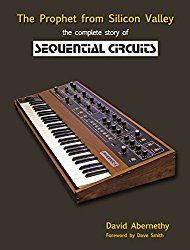
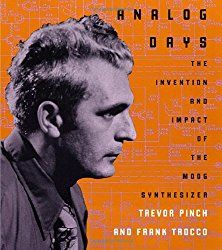
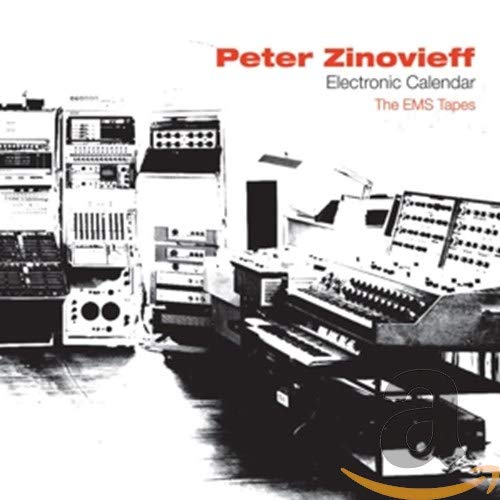
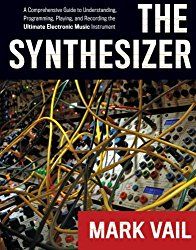
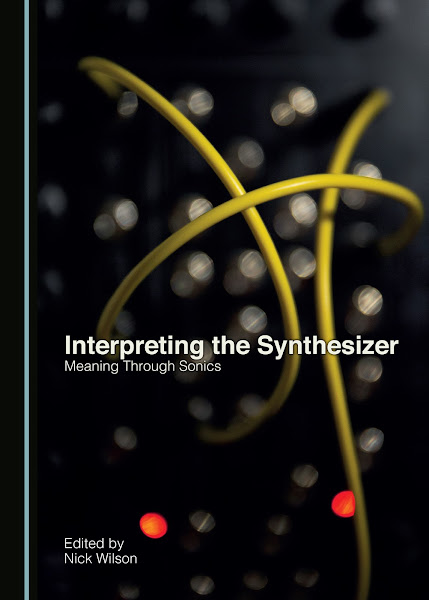
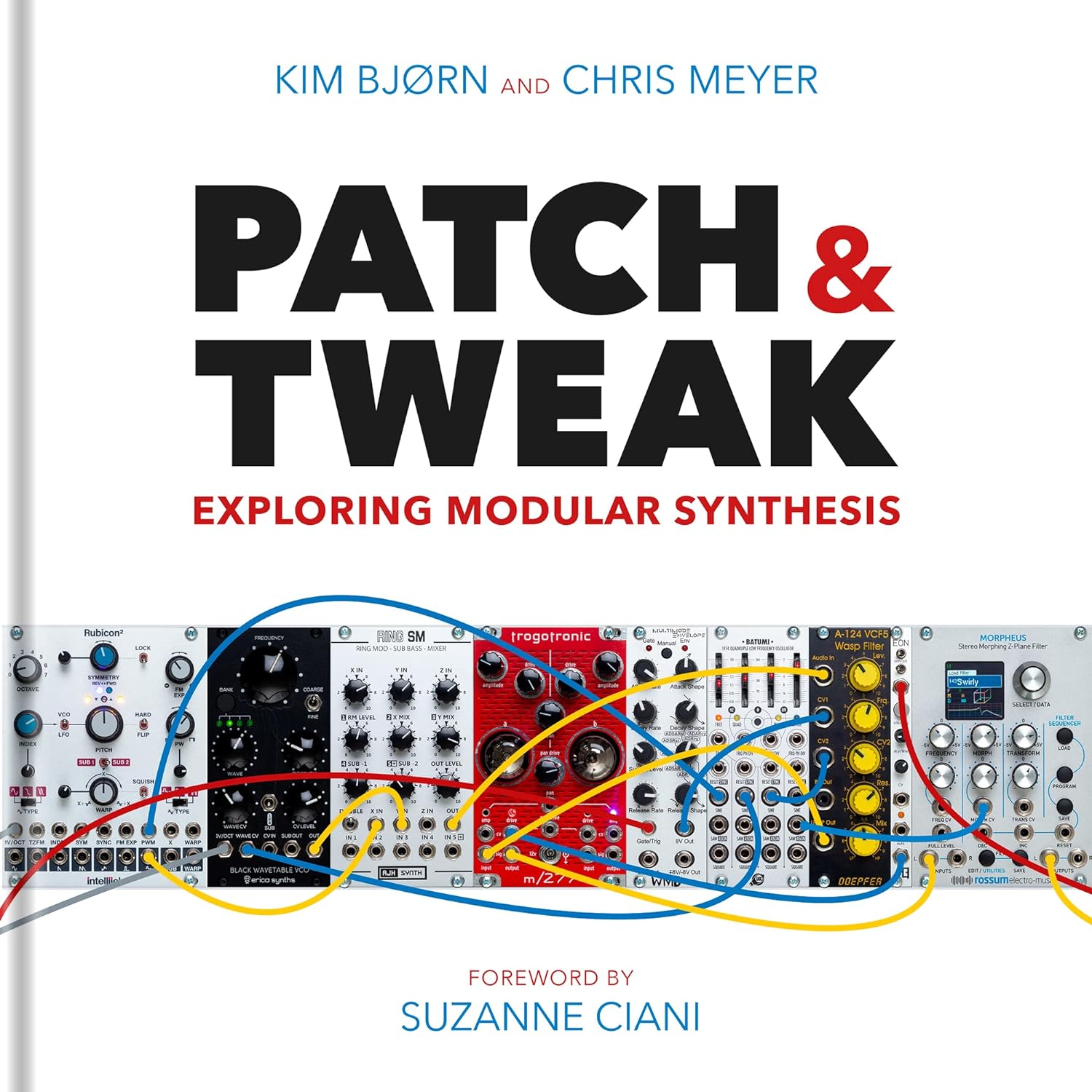
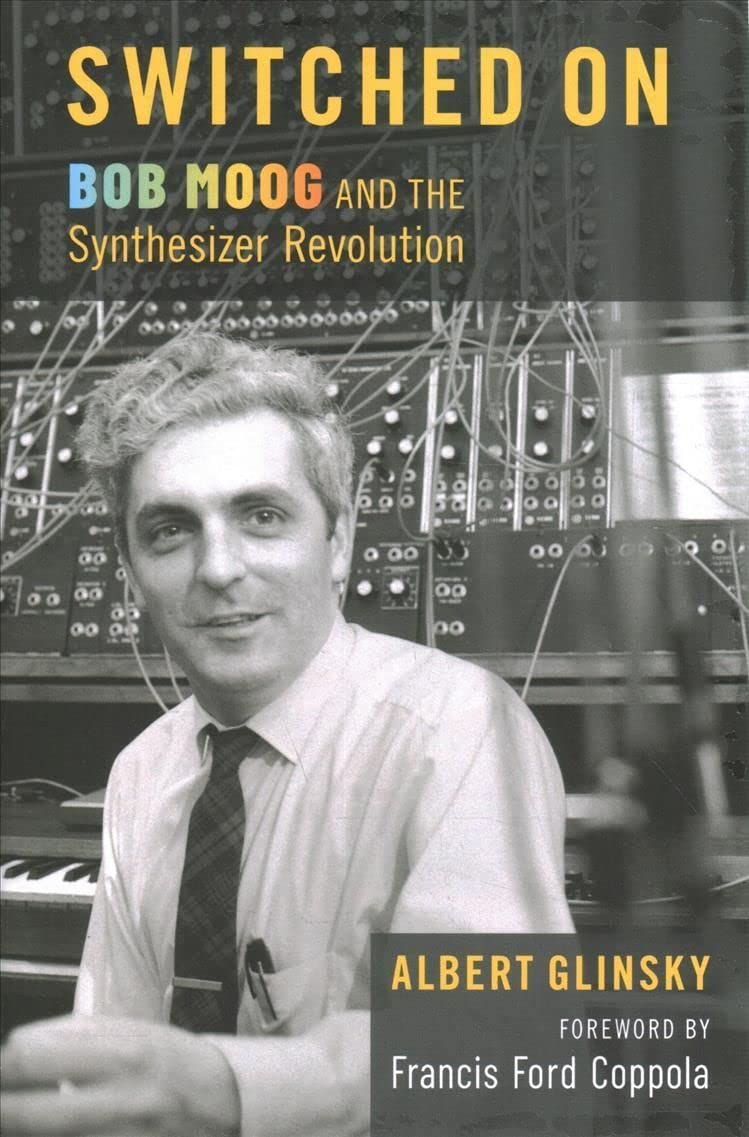
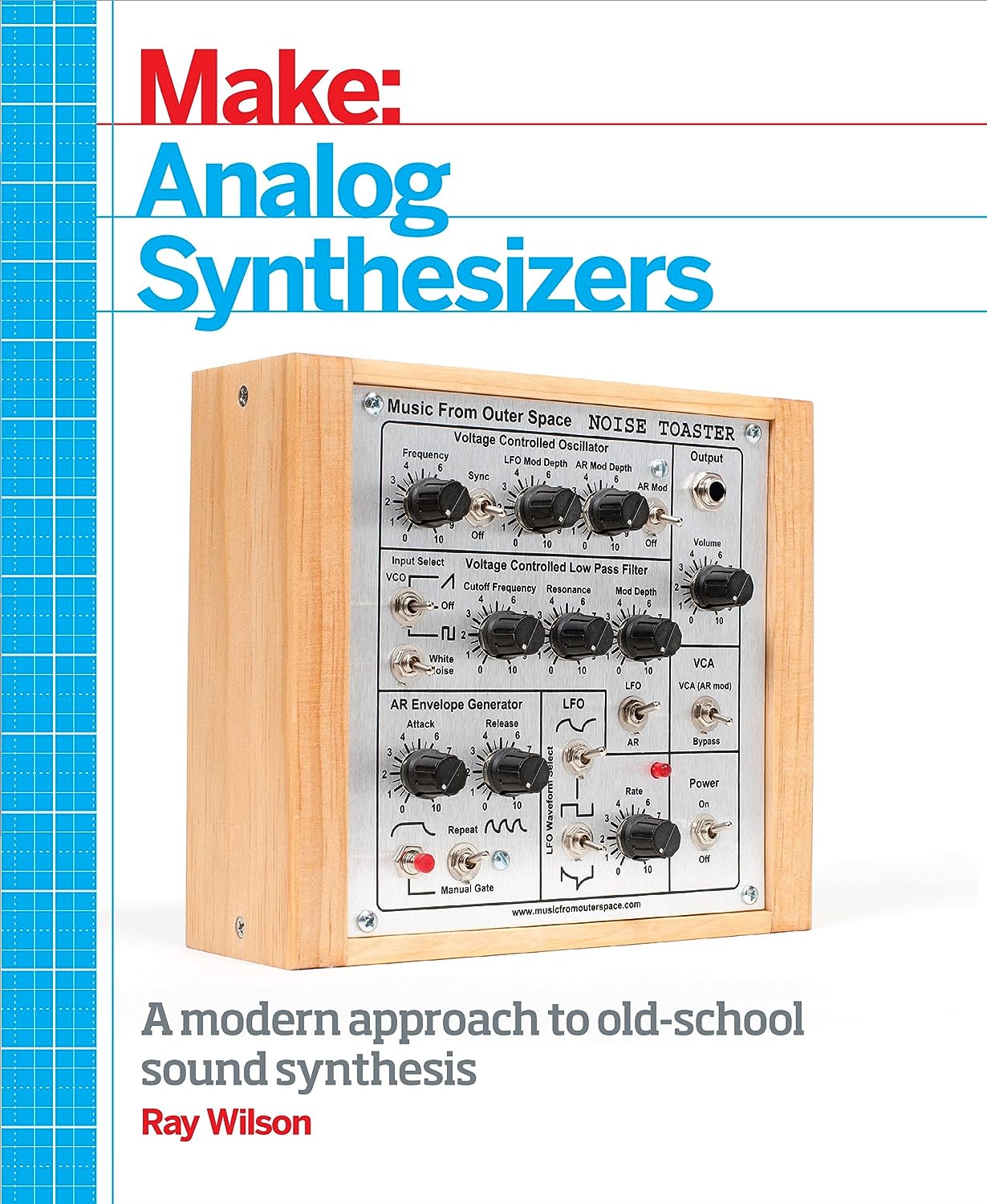

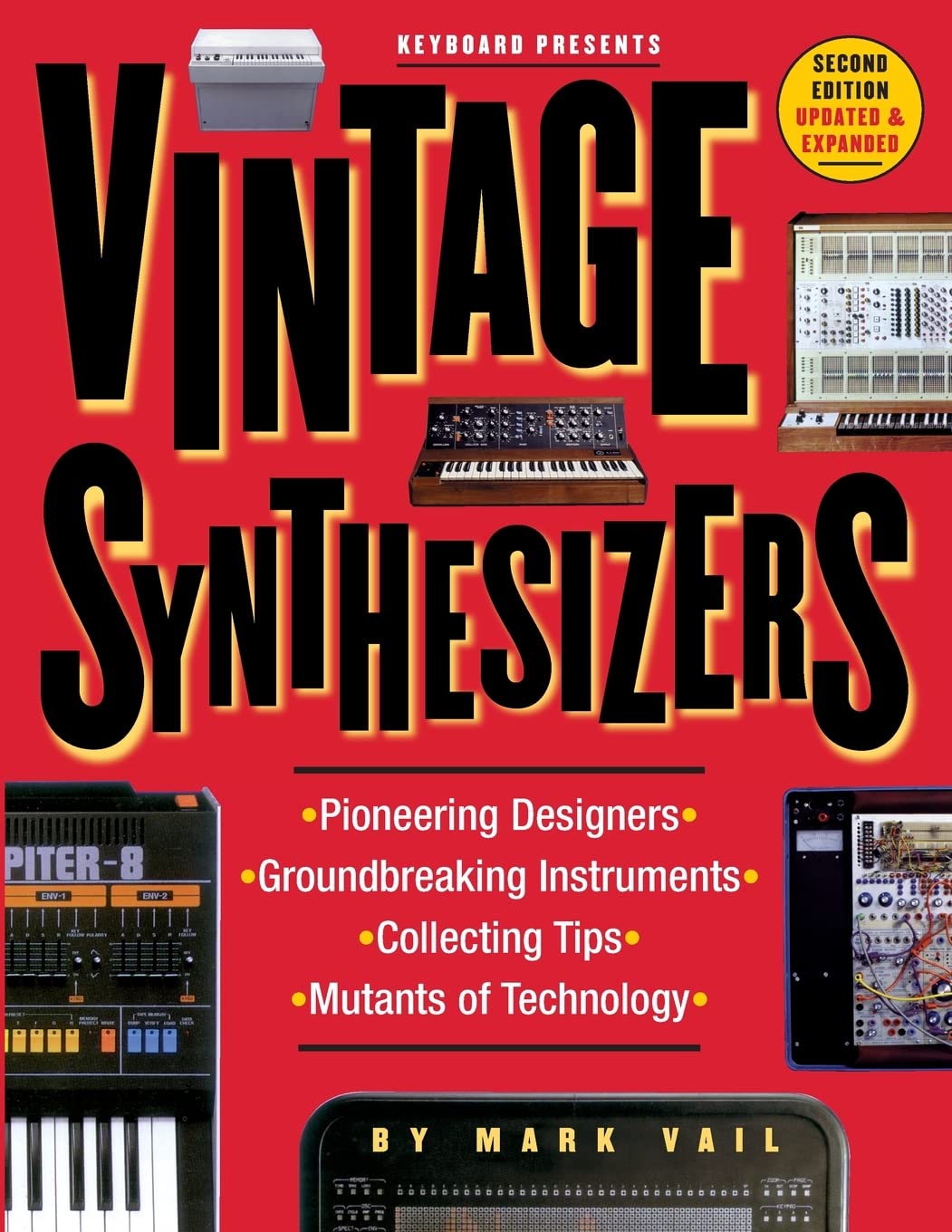

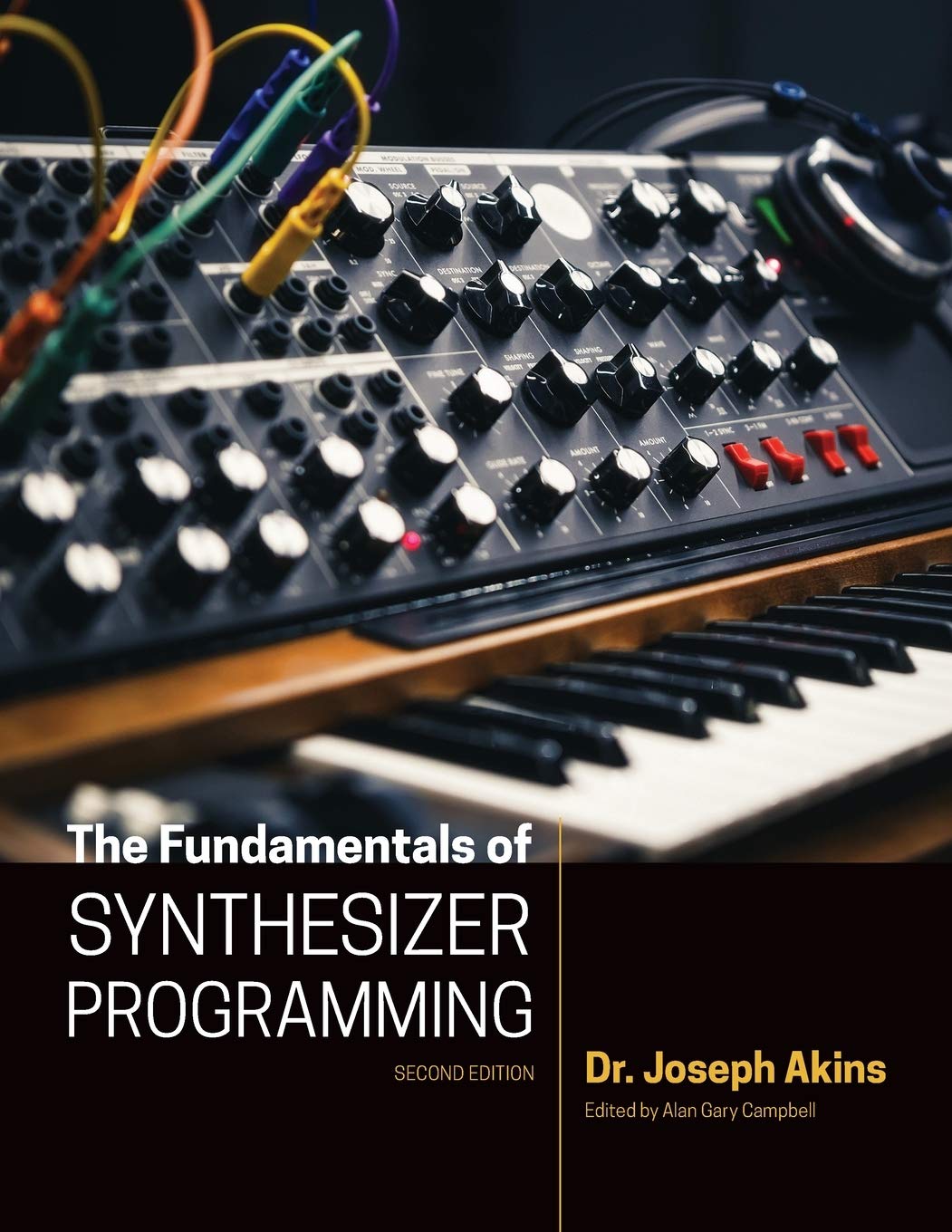

© Matrixsynth - All posts are presented here for informative, historical and educative purposes as applicable within fair use.
MATRIXSYNTH is supported by affiliate links that use cookies to track clickthroughs and sales. See the privacy policy for details.
MATRIXSYNTH - EVERYTHING SYNTH













© Matrixsynth - All posts are presented here for informative, historical and educative purposes as applicable within fair use.
MATRIXSYNTH is supported by affiliate links that use cookies to track clickthroughs and sales. See the privacy policy for details.
MATRIXSYNTH - EVERYTHING SYNTH























